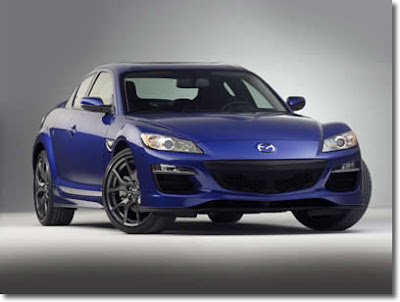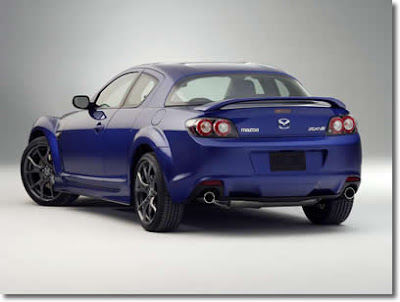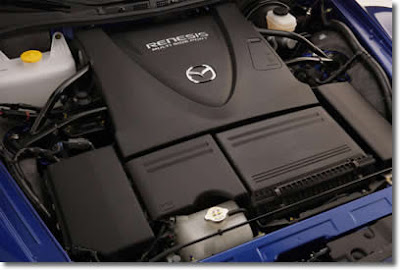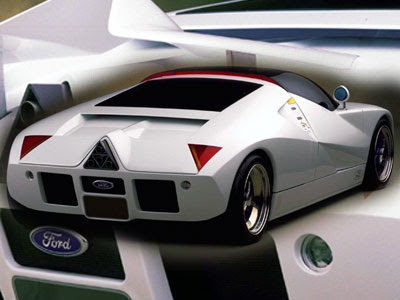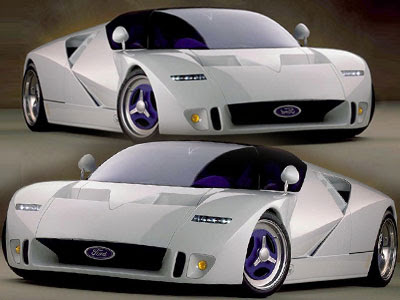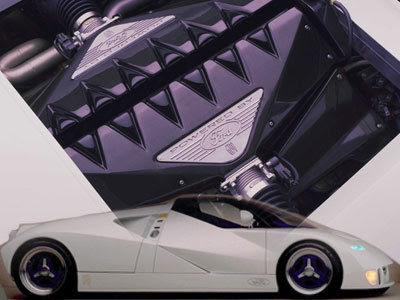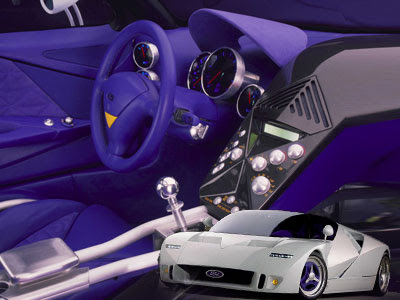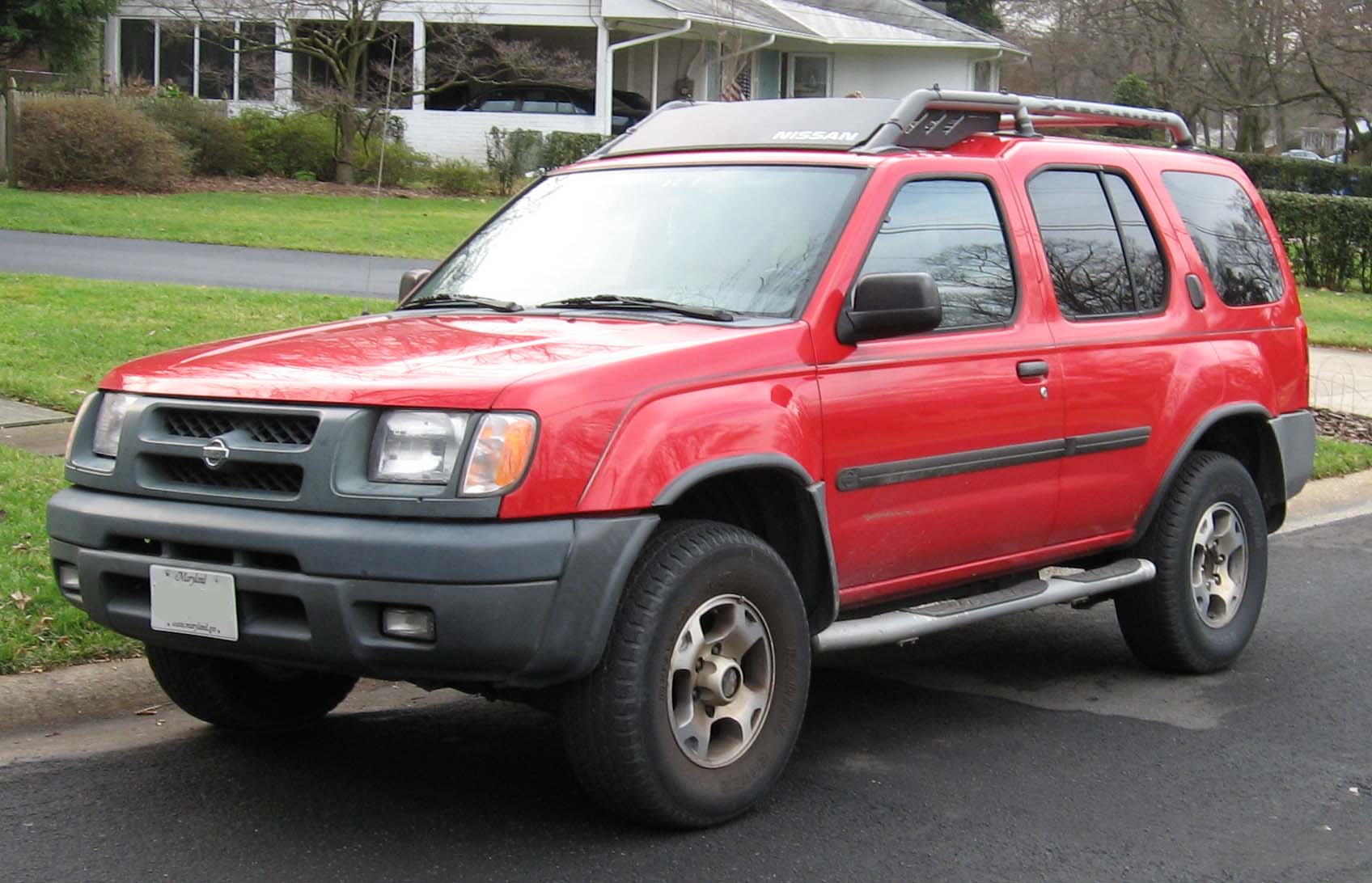
German luxury automaker BMW joins the growing list of manufacturers offering gasoline-electric hybrid models with this fall's introduction of the 2010 X6 ActiveHybrid.
The hybrid version of BMW's luxury “sports activity coupe” will be displayed at the Frankfurt Motor Show in mid-September, then will begin arriving at U.S. dealerships in the fourth quarter, the company announced this week.
It's the first BMW to receive a gasoline-electric combination drive system, but as with the high-end hybrids previously rolled out by Japanese rival Lexus, the X6 will use the technology more as a performance enhancer than as a way to boost fuel economy.
The X6 hybrid will come with a twin-turbocharged 4.4-liter V-8 engine that cranks out 400 horsepower and 450 foot-pounds of torque on its own. It will be assisted by two electric motors, one providing 91 horsepower and the other 86, that, when working with the gasoline engine, will give the X6 a total output of 480 horsepower and 575 foot-pounds of torque.
There is a fuel-economy advantage of about 20 percent over a gasoline-only powertrain with the same performance, BMW says.
It is the first hybrid drive system in a sports activity coupe — the name given to this new genre of vehicle that offers a strange combination of coupelike styling with SUV practicality. It has four passenger doors and a rear hatch that allows for the loading of cargo as in a traditional sport utility vehicle. It's the SUV for people who swore they never would drive an SUV.
BMW says its ActiveHybrid technology “provides a glimpse into the future, achieving outstanding driving dynamics with equally impressive efficiency.”
The X6 “melds both of these qualities to offer a truly unique driving experience,” the company said, and is designed to combine “the combustion engine with electric motors to create a powertrain with new levels of dynamic performance and efficiency.”
Like many of the newer so-called two-mode hybrids, the X6 will be capable of driving on electric power alone for short distances — up to 1.6 miles — at speeds up to 37 mph, the automaker said. Above that speed, the gasoline engine will kick in automatically.
Top speed will be limited electronically to 130 mph, but the X6 hybrid, with help from those electric motors, will be able to go from zero to 60 mph in just 5.4 seconds, BMW says.
No EPA ratings have been announced yet; they “will be available closer to the market introduction,” the company said.
Power is transmitted to the drive wheels through a seven-speed automatic transmission that can be shifted manually. The car also will have BMW's xDrive all-wheel-drive system, designed to send power as necessary to front or rear axles, or a mixture of the two as road conditions warrant.
The electric motors are powered by a nickel-metal-hydride battery pack under the floor of the cargo area, but it does not take space away from the luggage compartment — the hybrid model has the same cargo capacity as the gasoline-only X6.
A reinforced steel casing surrounds the battery pack, which is positioned just above the rear axle to keep it as safe as possible in the event of a collision. The hybrid system's electronic controller constantly monitors the battery pack, and if there is any malfunction or a crash occurs, the computer deactivates the system for safety.
NiMH batteries are the standard now for hybrid vehicles, but most automakers are developing lithium-ion battery packs for their hybrid and pure-electric cars of the near future.
To recharge the battery pack while the vehicle is driving, either or both of the electric motors are spun by the vehicle's motion to convert them into generators when they're not being used to provide acceleration — just as in other hybrids. There is no plug-in option for recharging the X6's batteries from an outside power source.
Regenerative braking — which kicks in when the vehicle is decelerating — is used to recharge the batteries as well.
A continuously variable transmission provides two driving modes — one for stop-and-go driving at lower speeds, and the other for highway speeds.
BMW says that from startup and at low speeds, only one of the electric motors is activated. But when the driver pushes the accelerator harder to boost power and to increase acceleration, the second motor starts the gasoline engine. It also serves as a generator to provide power to the vehicle's accessories.
At highway speeds, the gasoline engine provides most of the power, the company says.
The transmission's three planetary gears and the two electric motors combine to give the vehicle “seven total effective gears,” BMW says, which is why the transmission is referred to as a seven-speed, even though it is a CVT.
The gasoline engine has direct fuel injection and is the same “reverse-flow” V-8 that BMW introduced earlier in the X6 xDrive50i.
It's the “world's first V-8 gasoline engine with two turbochargers in the V-section between the two rows of cylinders,” the company said, and is designed to develop power throughout its speed range.
“The spontaneous and direct response of this engine results from its compact configuration, which allows the shortest exhaust manifolds,” BMW said.
It's a clean-burning engine, meeting U.S. ULEV II standards (ultra low emissions vehicle). Unlike the V-8 in the regular X6, though, this engine has no traditional starter, alternator or drive belts for the air-conditioning compressor or hydraulic power steering and braking. All of that is operated by the electric motors, which is what allows those systems to continue functioning even when the vehicle is running on battery power alone.
The electronic power steering and power braking systems are fully operative when the car is running on battery power, as are all other safety features, including electronic stability control, antilock braking and the air bag systems.
Even the 12-volt components such as lights and entertainment systems get their power from the NiMH battery pack, through use of a step-down transformer.
The vehicle's Dynamic Traction Control is designed to give it “maximum traction and drive power on loose surfaces such as snow or sand,” BMW says.
The car comes with 20-inch light-alloy wheels with an aerodynamic design developed specifically for the hybrid.
Optional are 19-inch light-alloy wheels with all-season tires. Only run-flat tires are provided, which allow the vehicle to continue driving for short distances after a complete loss of air pressure. No spare tire is provided.
No prices have been announced yet for the hybrid, but gasoline-only versions of the four-passenger X6 range from $55,900 for the 300-horsepower, six-cylinder xDrive35i model to $66,650 for the 400-horsepower xDrive50i V-8 version.
Fuel economy estimates for the V-8 gasoline model are 12 mpg city/18 highway, and the six-cylinder is rated at 15 city/20 highway.
The hybrid version of BMW's luxury “sports activity coupe” will be displayed at the Frankfurt Motor Show in mid-September, then will begin arriving at U.S. dealerships in the fourth quarter, the company announced this week.
It's the first BMW to receive a gasoline-electric combination drive system, but as with the high-end hybrids previously rolled out by Japanese rival Lexus, the X6 will use the technology more as a performance enhancer than as a way to boost fuel economy.
The X6 hybrid will come with a twin-turbocharged 4.4-liter V-8 engine that cranks out 400 horsepower and 450 foot-pounds of torque on its own. It will be assisted by two electric motors, one providing 91 horsepower and the other 86, that, when working with the gasoline engine, will give the X6 a total output of 480 horsepower and 575 foot-pounds of torque.
There is a fuel-economy advantage of about 20 percent over a gasoline-only powertrain with the same performance, BMW says.
It is the first hybrid drive system in a sports activity coupe — the name given to this new genre of vehicle that offers a strange combination of coupelike styling with SUV practicality. It has four passenger doors and a rear hatch that allows for the loading of cargo as in a traditional sport utility vehicle. It's the SUV for people who swore they never would drive an SUV.
BMW says its ActiveHybrid technology “provides a glimpse into the future, achieving outstanding driving dynamics with equally impressive efficiency.”
The X6 “melds both of these qualities to offer a truly unique driving experience,” the company said, and is designed to combine “the combustion engine with electric motors to create a powertrain with new levels of dynamic performance and efficiency.”
Like many of the newer so-called two-mode hybrids, the X6 will be capable of driving on electric power alone for short distances — up to 1.6 miles — at speeds up to 37 mph, the automaker said. Above that speed, the gasoline engine will kick in automatically.
Top speed will be limited electronically to 130 mph, but the X6 hybrid, with help from those electric motors, will be able to go from zero to 60 mph in just 5.4 seconds, BMW says.
No EPA ratings have been announced yet; they “will be available closer to the market introduction,” the company said.
Power is transmitted to the drive wheels through a seven-speed automatic transmission that can be shifted manually. The car also will have BMW's xDrive all-wheel-drive system, designed to send power as necessary to front or rear axles, or a mixture of the two as road conditions warrant.
The electric motors are powered by a nickel-metal-hydride battery pack under the floor of the cargo area, but it does not take space away from the luggage compartment — the hybrid model has the same cargo capacity as the gasoline-only X6.
A reinforced steel casing surrounds the battery pack, which is positioned just above the rear axle to keep it as safe as possible in the event of a collision. The hybrid system's electronic controller constantly monitors the battery pack, and if there is any malfunction or a crash occurs, the computer deactivates the system for safety.
NiMH batteries are the standard now for hybrid vehicles, but most automakers are developing lithium-ion battery packs for their hybrid and pure-electric cars of the near future.
To recharge the battery pack while the vehicle is driving, either or both of the electric motors are spun by the vehicle's motion to convert them into generators when they're not being used to provide acceleration — just as in other hybrids. There is no plug-in option for recharging the X6's batteries from an outside power source.
Regenerative braking — which kicks in when the vehicle is decelerating — is used to recharge the batteries as well.
A continuously variable transmission provides two driving modes — one for stop-and-go driving at lower speeds, and the other for highway speeds.
BMW says that from startup and at low speeds, only one of the electric motors is activated. But when the driver pushes the accelerator harder to boost power and to increase acceleration, the second motor starts the gasoline engine. It also serves as a generator to provide power to the vehicle's accessories.
At highway speeds, the gasoline engine provides most of the power, the company says.
The transmission's three planetary gears and the two electric motors combine to give the vehicle “seven total effective gears,” BMW says, which is why the transmission is referred to as a seven-speed, even though it is a CVT.
The gasoline engine has direct fuel injection and is the same “reverse-flow” V-8 that BMW introduced earlier in the X6 xDrive50i.
It's the “world's first V-8 gasoline engine with two turbochargers in the V-section between the two rows of cylinders,” the company said, and is designed to develop power throughout its speed range.
“The spontaneous and direct response of this engine results from its compact configuration, which allows the shortest exhaust manifolds,” BMW said.
It's a clean-burning engine, meeting U.S. ULEV II standards (ultra low emissions vehicle). Unlike the V-8 in the regular X6, though, this engine has no traditional starter, alternator or drive belts for the air-conditioning compressor or hydraulic power steering and braking. All of that is operated by the electric motors, which is what allows those systems to continue functioning even when the vehicle is running on battery power alone.
The electronic power steering and power braking systems are fully operative when the car is running on battery power, as are all other safety features, including electronic stability control, antilock braking and the air bag systems.
Even the 12-volt components such as lights and entertainment systems get their power from the NiMH battery pack, through use of a step-down transformer.
The vehicle's Dynamic Traction Control is designed to give it “maximum traction and drive power on loose surfaces such as snow or sand,” BMW says.
The car comes with 20-inch light-alloy wheels with an aerodynamic design developed specifically for the hybrid.
Optional are 19-inch light-alloy wheels with all-season tires. Only run-flat tires are provided, which allow the vehicle to continue driving for short distances after a complete loss of air pressure. No spare tire is provided.
No prices have been announced yet for the hybrid, but gasoline-only versions of the four-passenger X6 range from $55,900 for the 300-horsepower, six-cylinder xDrive35i model to $66,650 for the 400-horsepower xDrive50i V-8 version.
Fuel economy estimates for the V-8 gasoline model are 12 mpg city/18 highway, and the six-cylinder is rated at 15 city/20 highway.



















